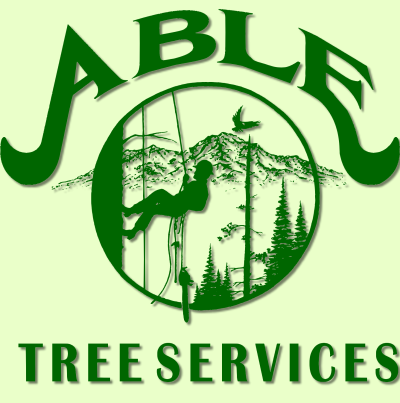Fertilize or don’t fertilize?
The final word on trees vs. turf grass!
There is much disagreement and controversy regarding the application of tree fertilizers in the landscape setting. Here are the facts: trees in the forest derive their nutrients from nutrient recycling of forest litter, i.e., rotting woody material, leaves, twigs, etc. Typically, in the landscape, twigs, leaves, and litter are removed when turf grass is competing for what little nutrients there are. Fertilizing turf grass will not be enough nutrition for the basic needs of the tree. If your trees are in a large good-quality mulch bed, however, then you are more closely duplicating what occurs naturally in the forest floor. Unfertilized landscape trees are typically found in a state of low vigor and tissue sampling can prove that. Low-vigor trees are prone to disease, structural damage, and in extreme cases, death. Hence, it’s imperative that the sound cultural practice of using judicious application rates of tree fertilizer needs to be implemented on a regular, periodic basis. This application of high-quality, slow-release fertilizers is designed to mimic closely what occurs on the forest floor. It is very important that fertilizer formulations are of the highest quality, meaning low salt, chloride-free, slow-release, feed-grade constituents, complying with *A.N.S.I. A-300 Standards For Tree Fertilization.
Mycorrhizal fungi are beneficial organisms that can significantly help plant life. In undisturbed areas, in fact, over 90% of the earth's plants have mycorrhizae living in or around their root systems. Mycorrhizae serve as a secondary root system for the plant. A plant with thriving mycorrhizal fungi is able to live longer and more successfully in a man-made environment.Mychorrhizae can help fertilize by more rapidly breaking down soil materials to essential elements for assimulation by trees' roots.
High spore count mycorrhizae are of the highest quality, and we have well-trained crews that are experienced in deep-root tree injection of mycorrhizae, biostimulants, and/or nutrients that your trees may need. Call for an inexpensive soil testing of your trees' root zone areas today!
DON’T OVERFERTILIZE! More is not better! Fertilizers and their appropriate recommendations were designed to improve vigor and color. They were not designed to push growth, but instead enable growth, and, in more mature trees, to improve vigor and long life. For best results, always follow the fertilizer’s label recommendations.
Able Tree Services has the arborist staff and skills to help you safely, quickly, and economically meet your plants’ fertilization needs.
*Americal National Standards Institute
|
|
|
|
|
||
